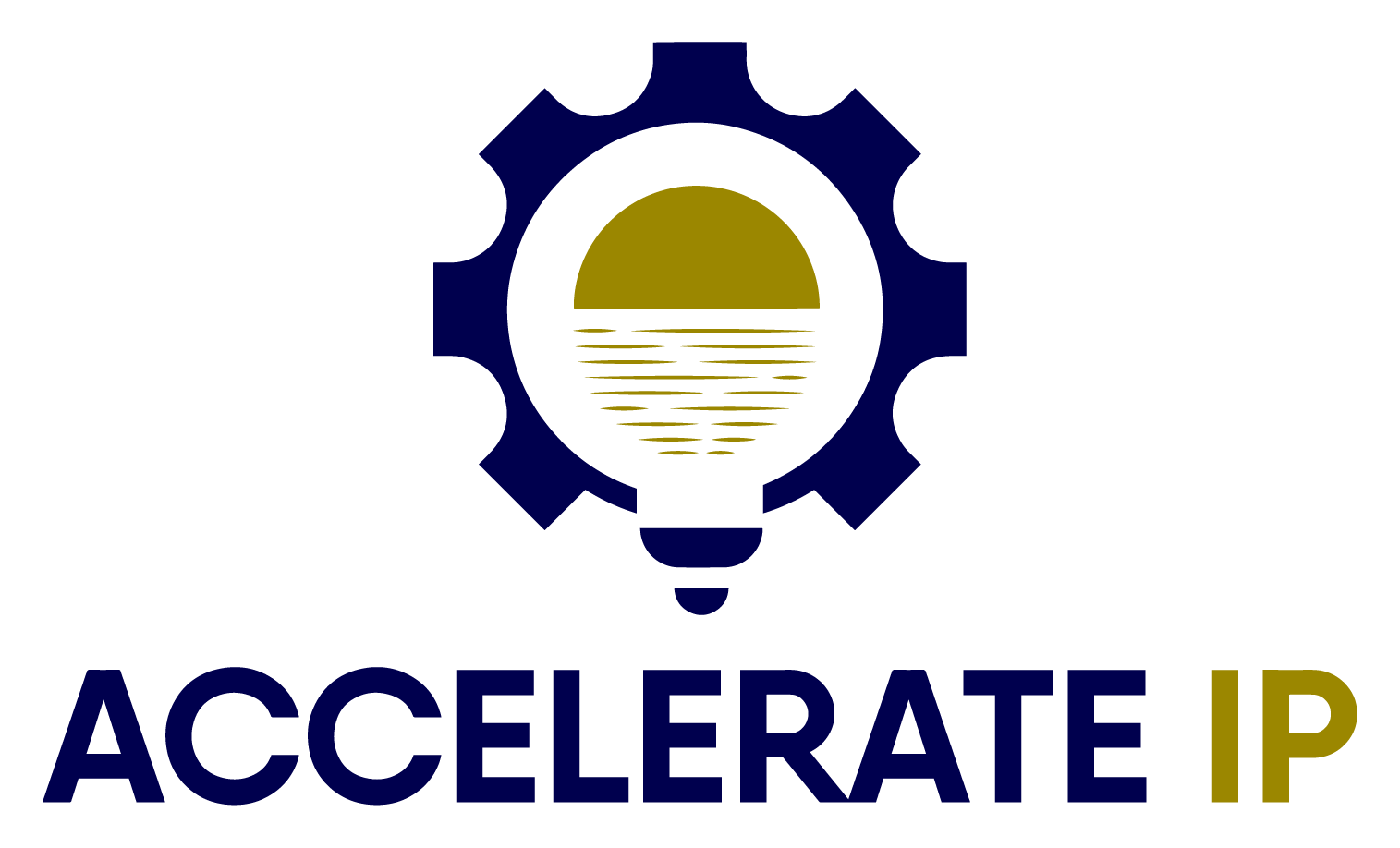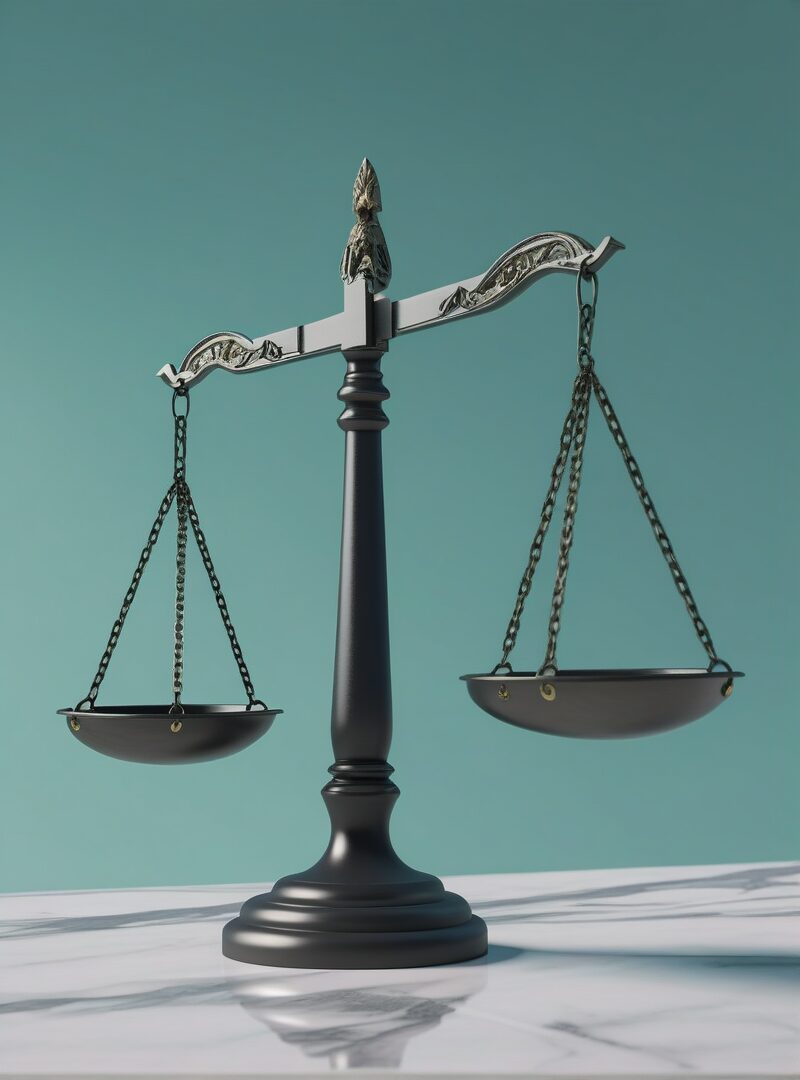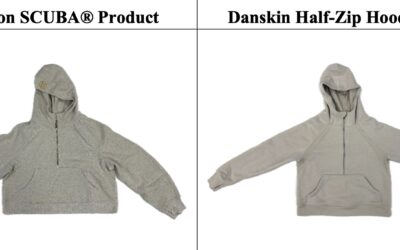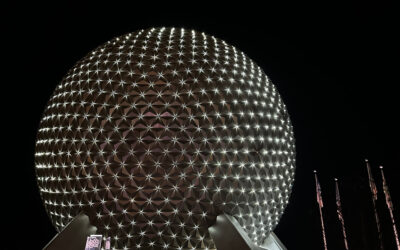Bottom Line of Sonos v. Google
The Federal Circuit’s recent oral arguments in the Sonos v. Google case could fundamentally reshape patent continuation strategy for every patent practitioner. At stake is whether a 13-year delay in prosecuting patent claims constitutes prosecution laches—a ruling that has sent shockwaves through the patent community.
The $32.5 Million Verdict That Wasn’t
The saga began promisingly for Sonos. In 2020, Sonos sued Google for infringing its “zone scenes” patents, which cover techniques for grouping networked speakers into saved scenes (including overlapping groups of speakers). U.S. Patent Nos. 10,848,885 and 10,469,966. A jury found Google liable and awarded $30 million in damages.
But victory turned to defeat when Northern District of California Judge William Alsup made an unprecedented move. Judge Alsup then took the unusual step of throwing out the verdict. Ruling on post-trial motions, Judge Alsup found the two patents unenforceable due to prosecution laches and invalid for lack of written description support.
The Controversial Prosecution Laches Ruling
After a $32 million patent infringement jury award for Sonos in the Northern District of California, Judge Alsup found for Google on its post-verdict motions for judgment as a matter of law, concluding that the patents in suit, despite their post-1995 priority date, were equitably unenforceable under the doctrine of prosecution laches.
Here’s why this matters: While this doctrine has existed for years, it has rarely been applied, except for its repeated use against the Lemelson Foundation and Gilbert Hyatt. However, those cases relate to a narrow (albeit numerous) group of patent applications with priority dates claiming the benefit of patents filed before the pre-1995 change in patent law but issued after 1995 – so-called “submarine patents”.
The Timeline That Triggered Trouble
Sonos originally filed a provisional application for the invention in 2006. Sonos obtained a series of U.S. patents between 2008 and 2019 relating to various aspects of the original application. The problem? Judge Alsup found that Sonos had engaged in a “daisy chain” continuation strategy to keep its patent family alive for over 13 years. Sonos filed an initial provisional application in 2006, but did not present the asserted overlapping-scene claims for examination until 2019.
Judge Alsup was particularly critical of the delay, reasoning that Google could not have been expected to “unearth[] the layers of file histories” in what “would have resembled an exercise in archeology”.
Patent Community Pushback
The ruling has generated fierce criticism from patent practitioners. The filing of a continuation cannot legitimately—either legally, practically or rationally—lead to a finding of laches. And for the district court to base such a ruling on the fact that Sonos could have filed the claims earlier shows a complete lack of understanding of basic patent law fundamentals.
The criticism centers on a fundamental principle: Of course Sonos could have filed the claims in the continuation earlier; everyone who files a continuation could have filed the claims they seek in the continuation application earlier! A continuation—by definition—cannot present new matter and must be entirely supported by the earlier priority document.
The Federal Circuit Oral Arguments
On July 10, 2025, the Federal Circuit heard oral arguments in Google v. Sonos on the doctrine of prosecution laches. The panel composition has drawn significant attention from patent watchers.
The panel is interesting and has the potential of resulting in a pro-Google decision. Federal Circuit Judges Prost and Lourie, along with D.N.J. District Court Judge Renée Marie Bumb, sitting by designation. Judge Lourie authored the Symbol v. Lemleson decision that revived the doctrine back in 2005.
Even more intriguingly, Judge Lourie wrote the opinion in Cancer Research Tech. Ltd. v. Barr Laboratories, Inc., 625 F.3d 724 (Fed. Cir. 2010), with Judge Prost in dissent. In that case, the majority found no laches, but Judge Prost would have found the patent unenforceable due to prosecution laches.
What’s Really at Stake
The implications extend far beyond this single case. The invocation of prosecution laches to render post-1995 “targeted continuation” patents unenforceable represents a major potential development in the legal landscape for U.S. patent prosecution.
Amicus briefs warn that Judge Alsup’s prosecution laches ruling against Sonos, if left standing in the Federal Circuit, will curb continuation application practice and harm innovators.
The Prosecution Laches Test
To succeed on a prosecution laches defense, the defense of prosecution laches requires proving two elements: The patentee’s delay in prosecution must be unreasonable and inexcusable under the totality of circumstances, and the defendant must show prejudice.
In the Sonos case, the judge looked at past precedent (all related to pre-1995 filings) and noted that 8, 9, and 10-year delays had previously been found to be “unreasonable”. With Sonos facing a 13-year delay, the judge found the timeline inexcusable.
Industry Impact and Next Steps
The doctrine of prosecution laches is fact-specific, and the facts at issue in PMC are unusual, but Apple’s success in raising this defense may encourage others to more closely scrutinize the course of prosecution of an asserted patent.
The Federal Circuit’s decision, when it comes, will likely provide crucial guidance for patent prosecutors everywhere. If Judge Alsup’s ruling stands, it could fundamentally alter continuation filing strategies and force patent holders to accelerate their prosecution timelines to avoid laches challenges.
Takeaways for Patent Practitioners
For Patent Prosecutors:
-
Document clear reasons for any prosecution delays
-
Consider filing continuation claims earlier rather than later
-
Be prepared to justify long prosecution timelines
For Patent Defendants:
-
Examine the prosecution history for unreasonable delays
-
Look for opportunities to argue prejudice from delayed claim presentation
-
Consider prosecution laches as a viable defense strategy
The patent community now awaits the Federal Circuit’s decision, which could either validate Judge Alsup’s controversial approach or restore the traditional understanding that lawful continuation practice cannot constitute laches. Either way, this case represents a watershed moment for U.S. patent prosecution strategy.
This analysis is based on publicly available court documents and legal commentary. The Federal Circuit’s decision in this case is pending.




